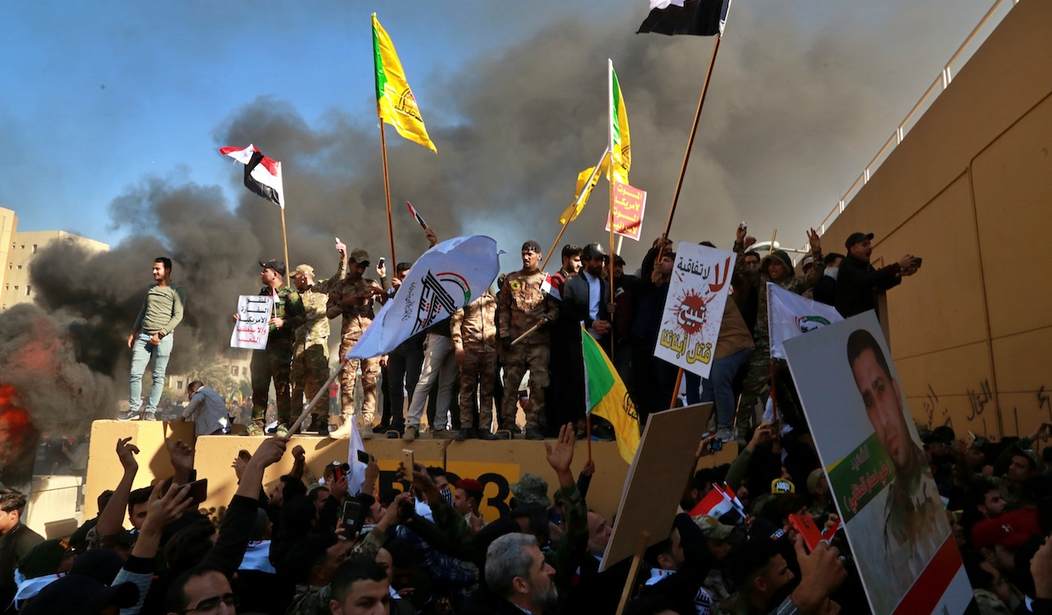Iran and the United States are hard at work in Vienna trying to find a way for Joe Biden to surrender without it looking like a surrender.
The group meeting in Austria — the so-called “P5+1” — is trying to entice Iran and the U.S. back into compliance with the 2015 nuclear agreement. Of course, Iran was never in compliance in the first place, although most of the developed world is forced to pretend they were.
You would think the lifting of tens of billions of dollars worth of sanctions would be enough incentive for Iran to behave itself. No chance of that. In fact, the Iranians have increased the frequency and sophistication of their attacks on U.S. forces in Iraq, leading the Pentagon to consider asking Joe Biden for permission to hit back.
“The administration is looking hard at a broad range of responses to Shiite militia aggression against Americans in Iraq,” one source told the Daily Caller.
The source noted that authorities have been in place since the strike against Gen. Qasem Soleimani — the former leader of Iran’s elite Quds Force — but require individual authorization for each strike at the directive of the president.
The operations plan and various options will be discussed with the White House through the National Security Council, according to a second source briefed on the matter.
This individual said officials would seek Biden’s approval for the strike orders some time soon, but could not specify a specific timeframe. The first source with knowledge of the situation suggested the meeting will take place Friday, though this was not independently confirmed by the Caller.
It’s not that the U.S. forces — or Iraqis for that matter — don’t know who is shooting at them and where they are. But with local commanders in a straitjacket and unable to hit back without presidential authorization, the attacks continue with impunity.
The biggest threat is now coming from Iranian-made drones that have been identified in the wreckage after some attacks.










